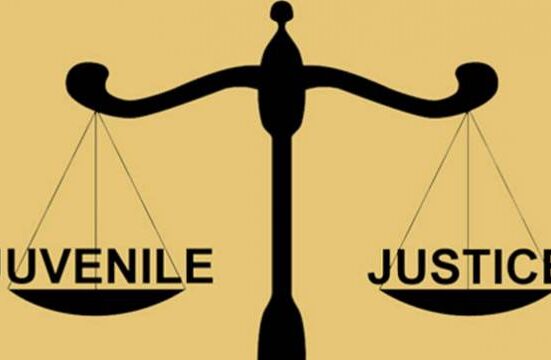School bullying is a serious issue that can leave deep emotional scars on children and families alike. It involves repeated harmful behaviour, whether physical, verbal, or psychological, and can severely affect a child’s well-being. Many parents rely on schools to handle bullying effectively. Unfortunately, there are instances when schools fail to address the problem adequately.
Policies might not be consistently enforced, or administrators may not fully recognise the severity of the bullying. Legal action may become necessary when this happens to protect the child and ensure a safe, educational environment.
When a school fails to take sufficient steps to stop bullying, legal avenues exist that can help parents hold them accountable. Here are five critical legal actions every parent should know about to ensure their child’s safety and rights are upheld.
Gather and Organise Evidence
Evidence is critical in any legal case, and school bullying is no exception. Detailed information about each bullying incident is essential to build a strong case. Parents should document every incident of bullying as soon as it happens. Details like dates, times, locations, the nature of the bullying, and the people involved are essential.
Communication with the school should also be recorded. Keep copies of emails, letters, and any official complaints. Even notes from phone conversations or meetings with teachers and administrators should be written down. These records could be invaluable if legal action becomes necessary.
Gathering evidence may involve obtaining witness statements or securing access to school records. It’s essential to be persistent and meticulous when collecting this information to ensure a strong case can be built by a school bullying lawyer.
Request a Formal School Investigation
Once enough evidence has been gathered, the next step is formally requesting that the school investigate the bullying incidents. It’s often done by submitting a written complaint. In this complaint, detail the incidents, include all the evidence you have collected, and ask the school to begin an investigation.
The school must follow proper procedures when investigating the complaint. Parents have the right to be informed about the progress of the investigation and any actions taken by the school. If the school fails to respond or delays the process, parents can consider escalating the issue to higher authorities, such as the school district or local education authority.
Delays or lack of response can be frustrating, but staying persistent is critical. Parents should keep pushing for answers and escalate the matter if the school doesn’t follow through.
Engage Legal Representation
If the school’s investigation does not yield satisfactory results, contacting a lawyer may be necessary. Legal representation can be especially helpful in navigating the complexities of school bullying cases. An attorney can assist in ensuring the school complies with anti-bullying laws and may help pursue further legal actions if necessary.
Several options are available for legal support, including pro bono legal services, advocacy groups, and lawyers specialising in education or bullying cases. Finding the right lawyer may take time, but ensuring your child receives the necessary protection can make all the difference.
Legal fees can be a challenge for some families. However, many organisations offer free legal assistance to needy families, ensuring that financial barriers do not prevent parents from taking necessary legal action.
File a Formal Complaint with the Department of Education
Parents can file a formal complaint with the Department of Education if the school refuses to act appropriately. Schools must provide a safe environment, and federal and state laws protect children from bullying. Parents can submit complaints if the school fails to meet these obligations.
The process involves submitting a detailed report to the Department of Education, explaining the school’s failure to address the bullying. Although there may be delays in the department’s response, persistence is crucial. Parents should follow up regularly and ensure their complaint is handled correctly.
Filing a complaint can be time-consuming and sometimes frustrating, but it’s a powerful tool that holds schools accountable for failing to protect students.
Consider Civil Litigation
Parents may need to pursue civil litigation in severe cases where the bullying continues despite previous efforts. Filing a civil lawsuit is usually a last resort but can be necessary if the bullying is particularly harmful or the school’s negligence is severe.
Civil lawsuits can involve claims for emotional distress, negligence, or violations of anti-bullying statutes. These cases can be complex; proving them requires substantial evidence and expert legal representation. However, if successful, such lawsuits can compensate for the child’s suffering and ensure the school takes corrective measures.
Challenges in civil cases often include the lengthy court process and the emotional toll it can take on families. Working closely with a skilled lawyer can help mitigate these challenges and increase the chances of a positive outcome.
Takeaway
Taking legal action against school bullying is not only about seeking justice but also about ensuring your child’s safety and well-being. The steps outlined above can help parents navigate the complex legal landscape and ensure their child’s rights are protected. While every case is different, these five legal actions provide a solid foundation for addressing bullying effectively.
Parents should remember that they are not alone in this fight. Seeking professional legal guidance tailored to their situation can provide clarity and ensure that no bullying incident goes unaddressed. Legal remedies exist to safeguard children, and taking action can make all the difference in their future.






Leave feedback about this